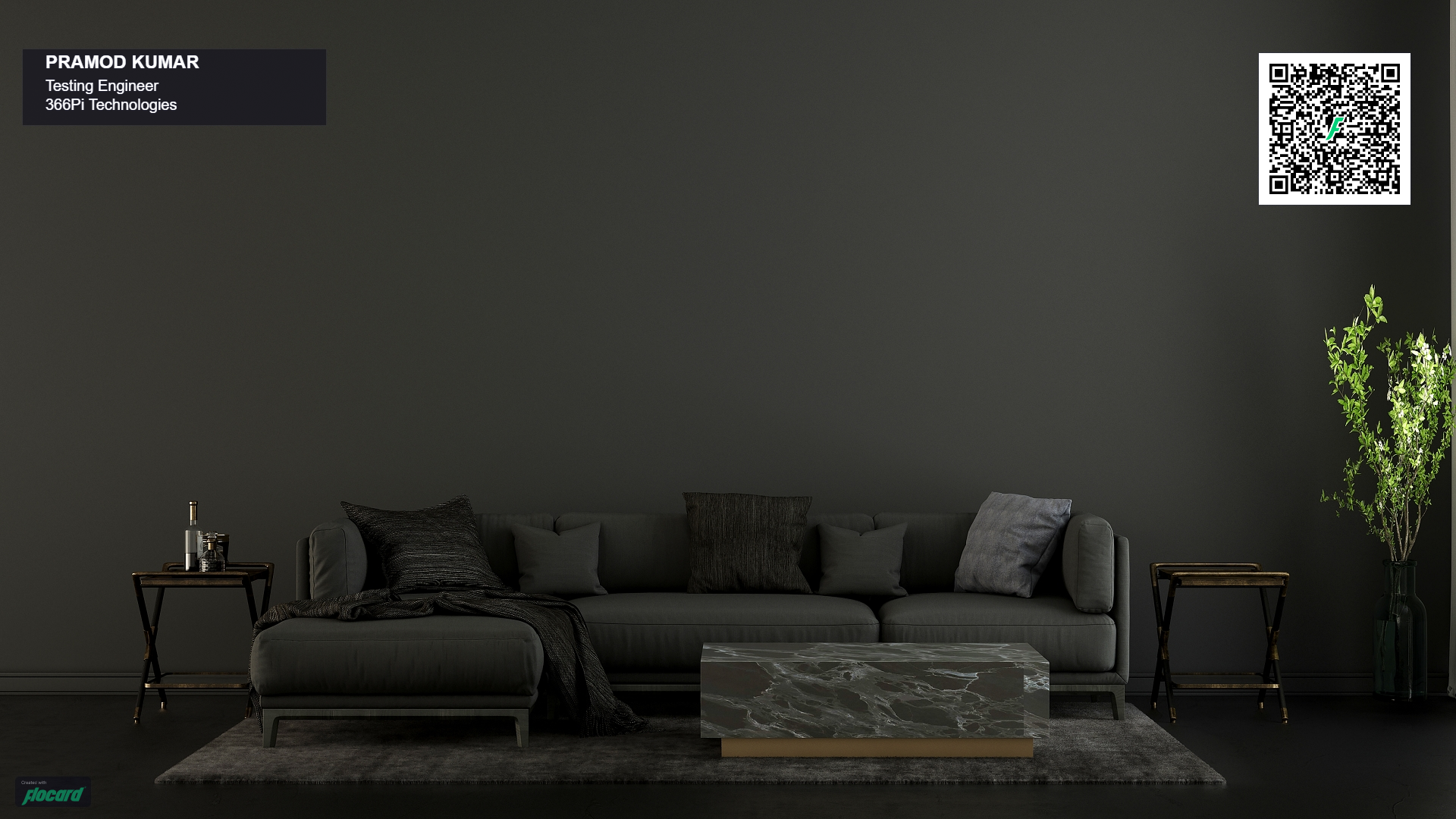
Test edit new
When running Selenium tests for a web app, you can launch the browser in two ways:
Headless mode. In this mode, the browser runs as normal but without any UI components being visible. While this mode is obviously not useful for browsing the web, it is useful for running automated tests in an unattended manner in a CI/CD pipeline. Chrome and Firefox browsers can be run in headless mode.
This mode generally consumes less resources on the machine because the UI is not rendered and tests run faster. As a result, potentially more tests can be run in parallel on the same machine to reduce the total test execution time.
Screenshots can be captured in this mode and used for troubleshooting failures.
Note
Microsoft Edge browser currently cannot be run in the headless mode.
Visible UI mode. In this mode, the browser runs normally and the UI components are visible. When running tests in this mode on Windows, special configuration of the agents is required.
If you are running UI tests for a desktop application, such as Appium tests using WinAppDriver or Coded UI tests, a special configuration of the agents is required.
Tip
End-to-end UI tests generally tend to be long-running. When using the visible UI mode, depending on the test framework, you may not be able to run tests in parallel on the same machine because the app must be in focus to receive keyboard and mouse events. In this scenario, you can speed up testing cycles by running tests in parallel on different machines. See run tests in parallel for any test runner and run tests in parallel using Visual Studio Test task.
NFT Collectibles

NFT_Test
Community Events

Test Event I
Venue : 366PI
Timing : 25th March 2025 01:33 PM - 6th June 2023 05:25 AM

